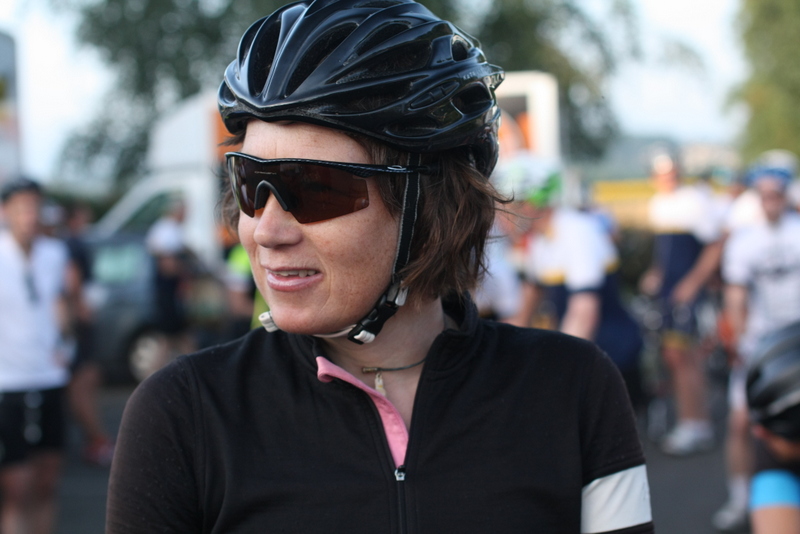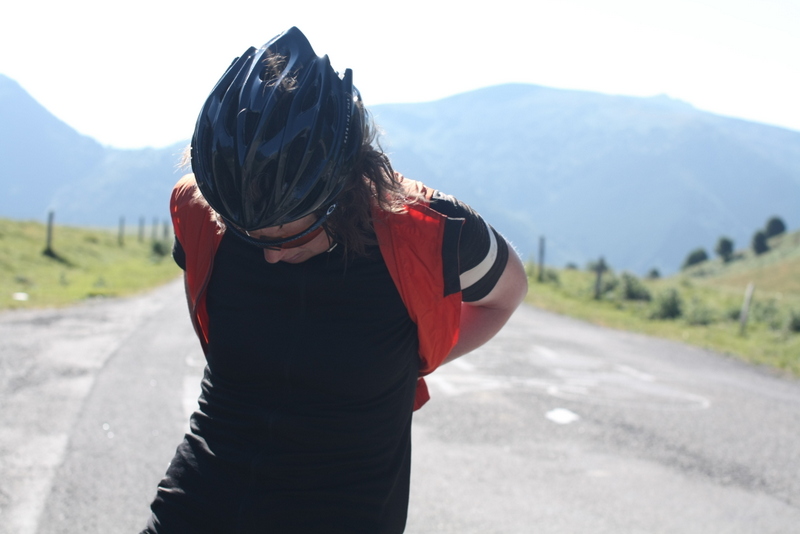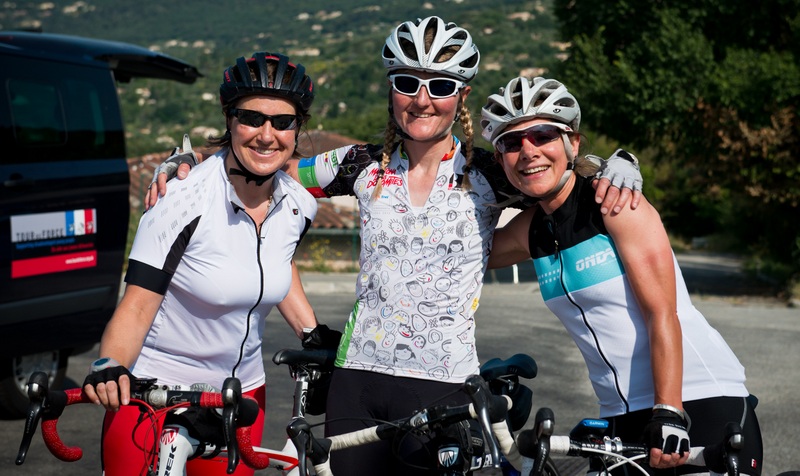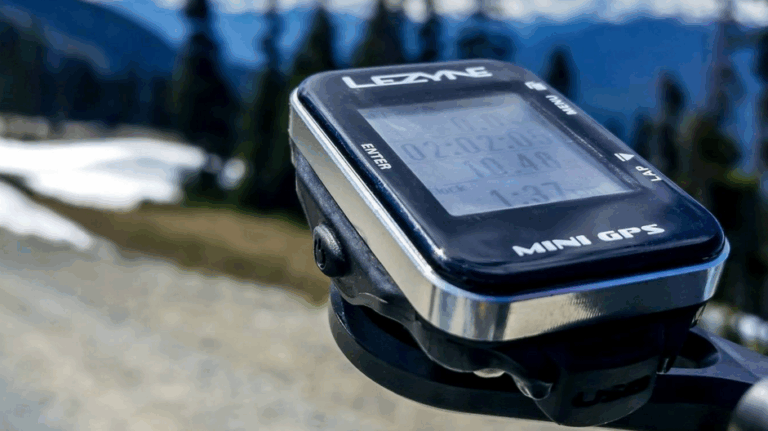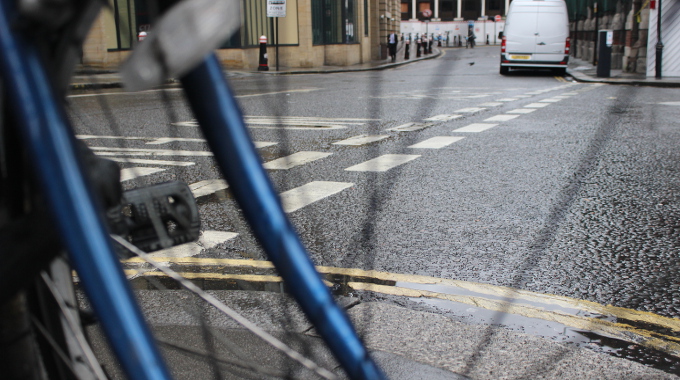If the Tour de Force is the ultimate proof that amateur riders can complete the Tour de France, then Katrine-Mari is the ultimate example that those amateur riders can be women – and that there should be no question over the ability of the pro female peloton.
The Tour de Force offer cyclists the chance to ride the full route of the Tour de France, seven days ahead of the pros – sticking to the same schedule, and fully supported. They also offer shorter trips, starting at two stages, and each rider raises money for the William Wates Memorial Trust, who help disadvantaged children get away from crime and violence.
Trips run every year, and in total twelve women have completed the entire route – but only one of them has done it twice.
A bike traveller at heart, Katrine-Mari completed the 21-day adventure twice, getting through the full route of the Tour de France in 2014 and 2015. Apparently the route in 2015 was tougher, but we reckon it must have been pretty hard the first time round, too.
“My father was dying of cancer… I read about the Tour de Force, and I signed up to put it on his bucket list – something to kind of look forward to seeing me do and achieve”
Her first attempt was not in the happiest of circumstances – she explains: “My father was dying of cancer – it took about a year and a half from when he was diagnosed to when he died, and we were very close. We started a bucket list of things for him to look forward to – our last holiday together, just silly things. I read about the Tour de Force, and I signed up to put it on his bucket list – something to kind of look forward to seeing me do and achieve.”
